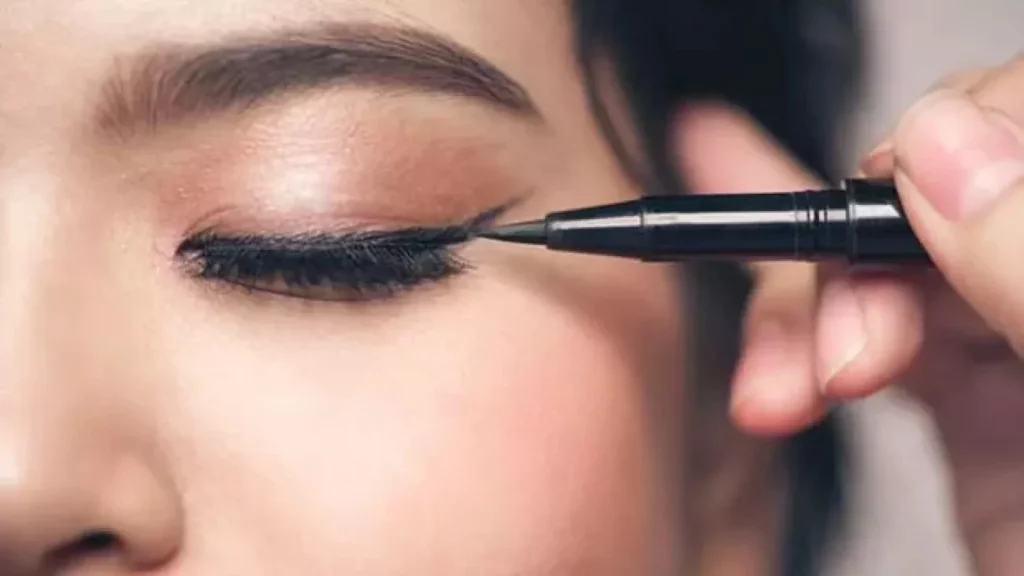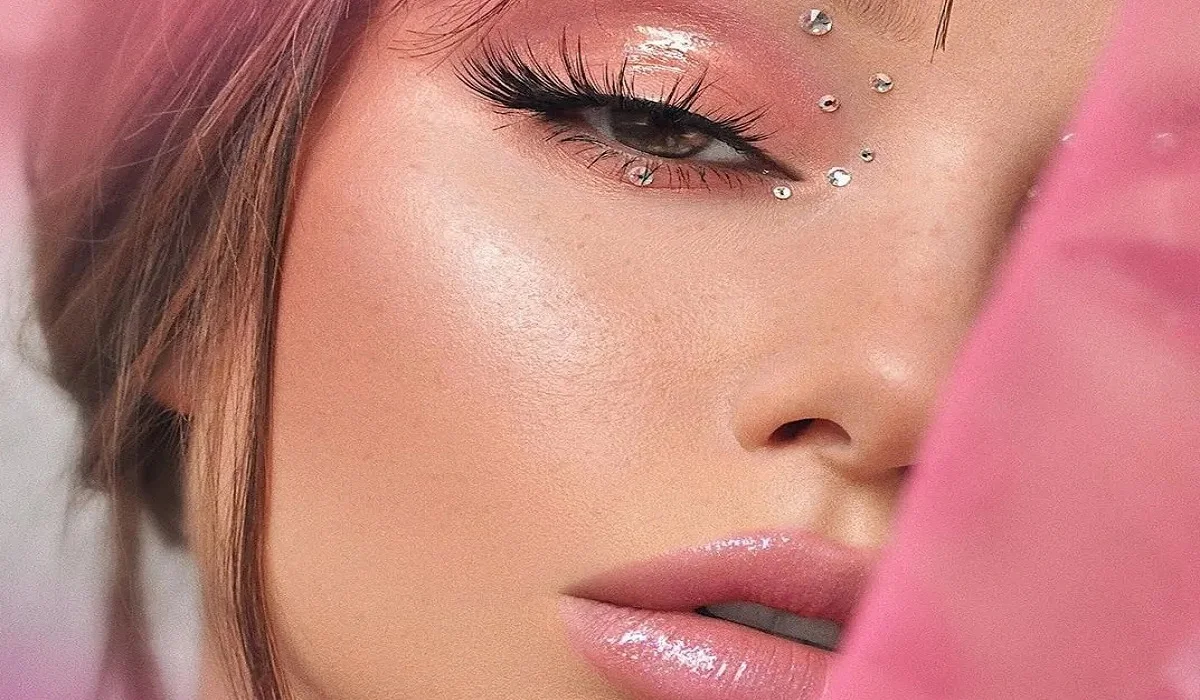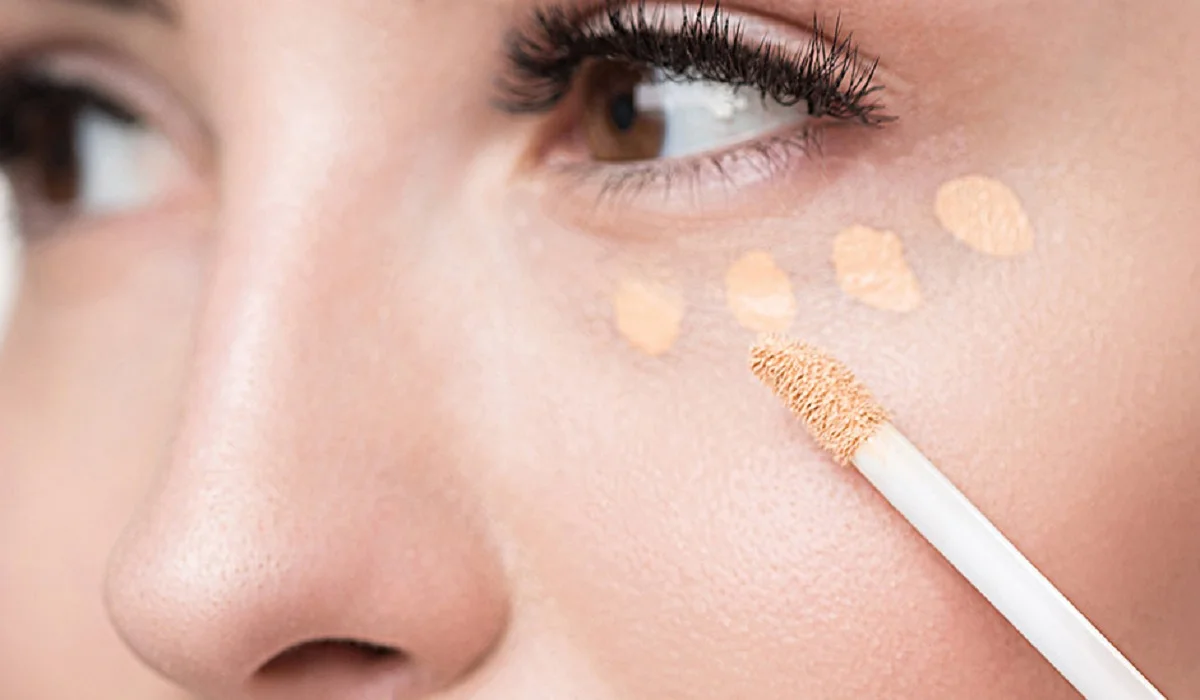Eye liner, the quintessential tool in your makeup arsenal, can elevate your appearance from the mundane to the extraordinary with a few well-placed strokes. Acting as the defining instrument for the eyes, it introduces depth and intensity. Whether your goal is a modest enhancement or a striking declaration, the mastery of eye liner application is paramount. This guide provides an exhaustive approach to consistently achieving flawless eye liner application.

Understanding Eye Liner Types
Pencil Liners: The Foundation of Effortless Application
Pencil liners stand as the cornerstone for both beginners and seasoned makeup artists, renowned for their straightforward use and lenient application method. They are the ideal choice for crafting soft, blended looks, embodying versatility for daily usage.
Gel Liners: The Epitome of Boldness and Durability
Gel liners deliver a pronounced, enduring line while boasting a smudge-resistant quality. When applied with a brush, they allow for a customizable thickness and style, ranging from sleek lines to bold wings.
Liquid Liners: The Hallmark of Precision
Liquid liners are celebrated for their exactness and longevity. Though they demand a steady hand, the payoff includes sharp lines and impeccable wings, making them essential for achieving defined and dramatic eye looks.
Preparing Your Eyes
Cleansing and Priming Your Eyelids
Initiate with a pristine base by eliminating any oil or existing makeup from your eyelids. An eye primer will enhance the liner’s grip, guaranteeing its endurance throughout the day without the worry of smudging or fading.
Selecting the Ideal Eye Liner for Your Eye Shape
Recognizing your eye shape is crucial in choosing an eye liner style that complements you. From almond to monolid eyes, each shape can be accentuated with specific application techniques to highlight your innate beauty.
Basic Techniques for Eye Liner Application
Mastering Liner Grip
Hold your liner akin to a pencil, albeit with a gentler grasp, to facilitate more fluid motion. This grip ensures enhanced control over the application’s pressure and angle, yielding smoother lines.
Steadying Your Hand for Meticulous Application
Anchor your elbow on a stable platform and slightly stretch your eyelid for a steadier application process. This method is particularly effective for clean, sharp lines, especially when using liquid and gel liners.
The Pencil Liner Technique
Step-by-Step Approach
Commence at the inner corner, drawing brief, interconnected strokes along your lash line, incrementally thickening the line as you progress outward. For a softer appearance, smudge slightly, or for a more defined look, leave as drawn.
Advice for Novices
Pencil liners are forgiving, allowing for straightforward corrections. Continual practice will help you discover the most effective pressures and angles for your desired outcome.
Mastering Gel Liner
Essential Tools: Brush Selection
Your choice of brush can greatly influence your application experience. Angled brushes facilitate precision, whereas fine-tip brushes excel in intricate work and crafting sharp wings.
Securing a Smudge-Proof Look
Gel liners set swiftly, necessitating work in small segments and immediate smoothing of any lines. Once dry, their resistance to smudging renders them perfect for extended wear.
Perfecting the Art of Liquid Liner
Crafting the Ultimate Wing: An In-depth Tutorial
Begin with a slender line from the inner corner, thickening towards the outer edge. For the wing, extend a line from the outer corner towards your eyebrow’s end and fill in the created shape.
Avoiding Common Errors
Patience and consistent practice are key to mastering liquid liner. Utilize tape as a wing guide or place dots along your lash line as a blueprint for connecting strokes.

Creating Various Eye Liner Styles
The Timeless Wing
Characterized by its elegance, the timeless wing suits all eye shapes, extending just past the lash line for an eye-lifting effect.
The Smokey Eye Liner Style
For a mesmerizing look, blend your liner at the outer edges and combine with dark eyeshadow. Ideal for evening events, it adds depth to your gaze.
Tightlining for Denser Lashes
Liner applied directly to the waterline and between lashes creates the illusion of thicker lashes. This subtle technique compliments the natural eye shape.
Tips for Impeccable Application
Adapting Techniques Based on Eye Shape
Customize your application method to your eye shape. For instance, almond eyes are enhanced with winged liner, whereas round eyes benefit from a softer line.
Correcting Mistakes Without Starting Afresh
A narrow, pointed Q-tip moistened with makeup remover is invaluable for precise adjustments without disrupting your overall makeup.
Eye Liner for Various Occasions
Daytime Appearances
For a natural daytime look, opt for softer lines and neutral tones. Pencil liners are ideal for a refined yet simple aesthetic.
Evening Elegance
For nighttime flair, choose bold, striking liner looks. Liquid or gel liners are perfect for creating eye-catching designs that captivate.
Special Events: Statement Looks
Experiment with vibrant liners or graphic designs for special occasions. These playful looks can be customized to complement your ensemble or the event’s theme.
Advanced Eye Liner Techniques
Graphic Liner Trends
Dive into the inventive realm of graphic liner, where makeup transcends to art. This trend encourages unconventional liner applications for distinctive, attention-grabbing designs.
Dual Winged Liner
For an adventurous aesthetic, consider the dual-winged liner, featuring two parallel wings at the eye’s outer corner for a modern twist on the classic style.
Eye Liner Maintenance and Hygiene
Tool Sanitization
Ensure regular cleansing of your brushes and sharpening of pencil liners to prevent bacterial accumulation and guarantee smooth application.
Knowing When to Replace Your Eye Liner
Eye makeup should be renewed every three to six months to avoid infections. Monitor your products for any changes in texture or scent, signaling it’s time for a replacement.
Eye Liner for Sensitive Eyes
Opting for Hypoallergenic Products
Select hypoallergenic or ophthalmologist-tested products if you have sensitive eyes. These formulas are milder and reduce the risk of irritation.
Application Advice to Minimize Irritation
For sensitive eyes, avoid lining the inner waterline to prevent irritation. Always thoroughly remove makeup to avoid residual discomfort.
Achieving mastery in eye liner application can significantly alter your makeup game, accentuating your natural allure, deepening your eyes, and entirely transforming your look. With dedication, practice, and the correct methods, anyone can perfect eye liner application. Remember, makeup is an expression of individuality; embrace experimentation to discover what truly suits you.
FAQs
What is the most beginner-friendly eye liner?
Pencil liners are exceptionally user-friendly, offering effortless control and easy correction capabilities.
How can I ensure my eye liner remains intact all day?
Employ an eye primer prior to application and choose waterproof formulas for lasting wear.
Is it safe to apply eye liner on the waterline?
Yes, but select products specifically designed for waterline use to avoid irritation.
What is the optimal method for removing eye liner?
Opt for a gentle, eye-specific makeup remover. Oil-based removers are effective for waterproof varieties.
How do I select the appropriate eye liner color?
While blackand brown are universally flattering, experimenting with shades that enhance your eye color can add a playful element.
Do hooded eyes require a distinct application technique?
Yes, hooded eyes benefit from thinner lines and subtler wings to prevent the eyelid from appearing diminished.








